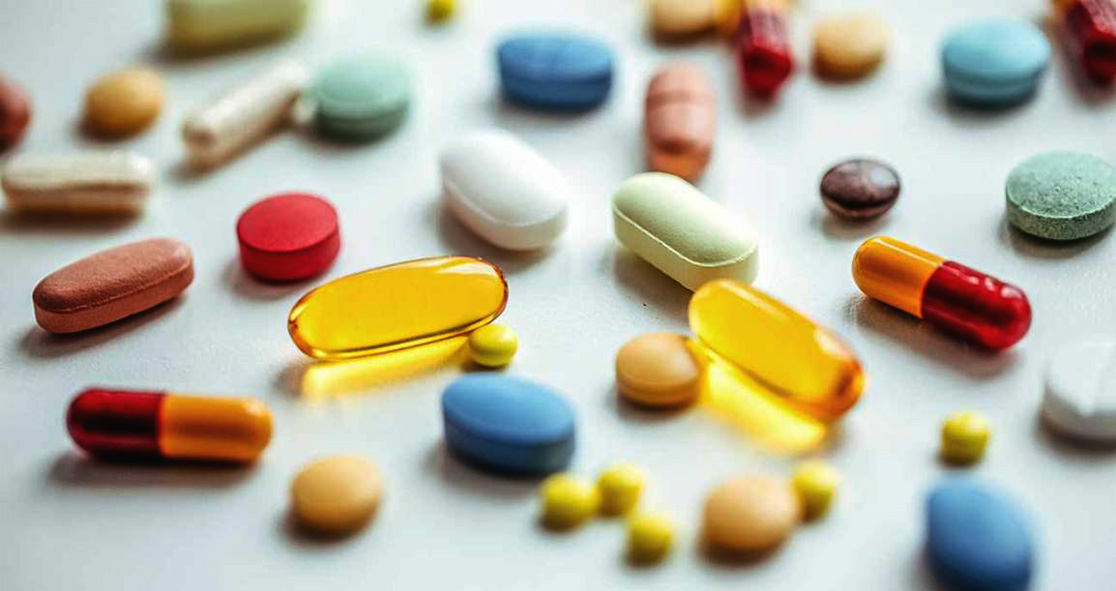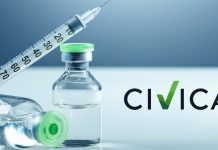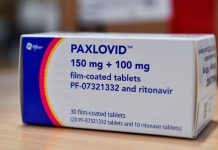Generic drugs are lifesavers for most Americans who cannot afford high-priced brand-name drugs.
Last month, the Association for Accessible Medicines (AAM) found that generic drugs and biosimilars have saved the US healthcare system around $338 billion in 2020.
In the United States, prescription drug prices are 2.5 times higher compared to other countries. A Gallup survey found that nearly 23% of Americans said they could not afford to fill a prescription drug at least once in the last 12 months due to high prices.
Generic drugs are around 80% to 85% cheaper than their brand-name counterparts are, but experts have raised concerns over the quality of these drugs, especially the ones that come from China and India.
Another problem is not all generic drugs are made equal, as some of them can be more or less potent, while others may contain impurities.
The United States is heavily dependent on China and India for its supply of generic drugs and active pharmaceutical ingredients (APIs). However, there have been some regulatory issues in these nations.
For instance, in 2010, 64% of foreign manufacturing plants had never been inspected by the FDA, and in 2015, 33% were still yet to receive a visit from regulators, according to Pharmaceutical Technology.
Dr. Michael White, Chair of the Department of Pharmacy Practice at the UConn School of Pharmacy, has written extensively about the drug generic drugs quality issues, which are manufactured outside of the United States.
He said, “Overseas, they usually have several weeks’ worth of lead time, where they know that on these dates, the inspectors are going to be coming.”
“It remains to be seen whether or not the inspections that are occurring overseas are of the same quality of the ones inside the US because if you know what those issues are, you have time to get all your paperwork in order and make sure your facility is sparkling clean,” he added.
There have been instances in the past. For example, in 2004, Ranbaxy, an Indian drug manufacturer, had its plants banned from supplying generic drugs to the United States because the company had fabricated drug test reports and knowingly distributed low-quality drugs.
After this incident, the FDA improved its monitoring of overseas manufacturers. Still, there are challenges of properly regulating generic drugmakers outside of the United States.
Dr. White explained, “A lot of that parity is because they’re dropping the number of inspections for manufacturers inside the United States, to be able to have enough inspectors to be able to do the inspection elsewhere.”
Meanwhile, the Food and Drug Administration (FDA) is focusing on inspecting and evaluating high-risk facilities to prevent quality issues.
An FDA spokesperson told Pharmaceutical Technology, “The FDA’s global inspection and facility evaluation efforts focus on higher-risk facilities to prevent, uncover and correct data integrity issues and manufacturing problems.”
“We also monitor reports from industry, patients, and healthcare providers to identify and to resolve quality problems and concerns,” the spokesperson added.
Ensuring safe and effective generic drugs is now the utmost priority of the FDA. The FDA is closely assessing and monitoring generic medicines and their manufacturers through its Generic Drugs Program.























